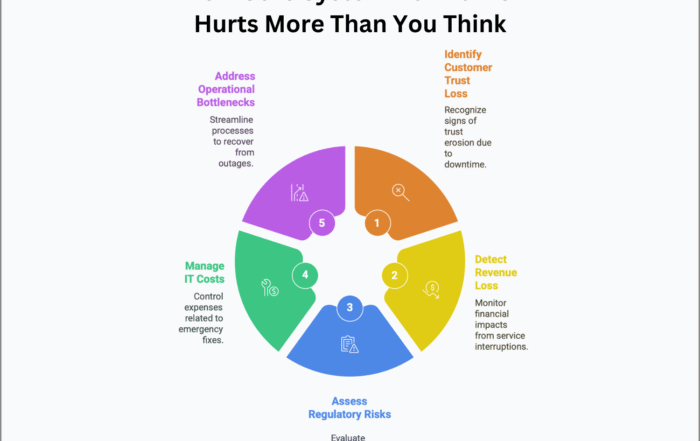In today’s rapidly evolving business landscape, successful companies can’t afford to rest on their laurels. Continuous corporate transformation has become a necessity for organizations to stay competitive and relevant. The lessons from Lou Gerstner’s “Who Says Elephants Can’t Dance?” provide valuable insights into navigating this ongoing journey of reinvention.
The Imperative of Constant Evolution
Gerstner’s turnaround of IBM in the 1990s was a monumental achievement, but it was just the beginning. Companies can’t simply undertake a one-time transformation and then settle back into complacency. Markets, customer needs, technologies, and competitive pressures are constantly shifting, requiring businesses to embrace a mindset of continuous adaptation.
As Gerstner realized, “The deepest fracture in the corporation ran between a traditional inwardly focused culture and the realities of the new globally integrated environment.” This dictates that transformation can’t be a finite event, but rather an ongoing process of realigning strategies, operations, and mindsets with external forces.
Cultivating a Transformation Culture
To enable continuous corporate transformation, leaders must ingrain an organizational culture that values experimentation, agility, and a willingness to challenge the status quo consistently. This involves:
- Empowering a Growth Mindset: Encourage curiosity, risk-taking, and learning from failures across the workforce.
- Automating for Adaptability: Leverage technologies that increase operational flexibility and data-driven decision-making.
- Embracing Open Innovation: Look beyond internal R&D by crowdsourcing ideas and solutions from external partners.
- Prioritizing Upskilling: Continuously invest in reskilling employees to keep pace with evolving requirements.
By fostering a culture of perpetual learning and evolution, organizations can maintain the hunger and dexterity to respond swiftly to new opportunities and disruptions.
The Role of Leadership
As the face of transformation, leadership plays a pivotal role in driving sustained corporate reinvention. Gerstner’s hands-on, vocal, and visible commitment to IBM’s cultural overhaul was critical to cementing change.
In the same vein, effective leaders must embody the growth mindset they wish to instill. They need to courageously challenge orthodoxies, experiment with new strategies, and openly admit and learn from failures. This authentic modeling gives top-down and bottoms-up transformation efforts credibility.
Ultimately, long-term corporate vitality depends on cultivating an organizational culture and leadership philosophy aligned around the principle of continuous transformation. Companies unwilling to continually evolve risk becoming the next casualty disrupted by more adaptable competitors. As Gerstner demonstrated, even lumbering giants can dance nimbly when embracing reinvention as a constant imperative.
Found this article interesting? Check out these three related reads for more.
- Transforming corporate culture – Lessons from “Who Says Elephants Can’t Dance?”
- Core banking modernization for continuous innovation
- Importance of business analysts in corporate transformation
#ContinuousTransformation #BankingTransformation




